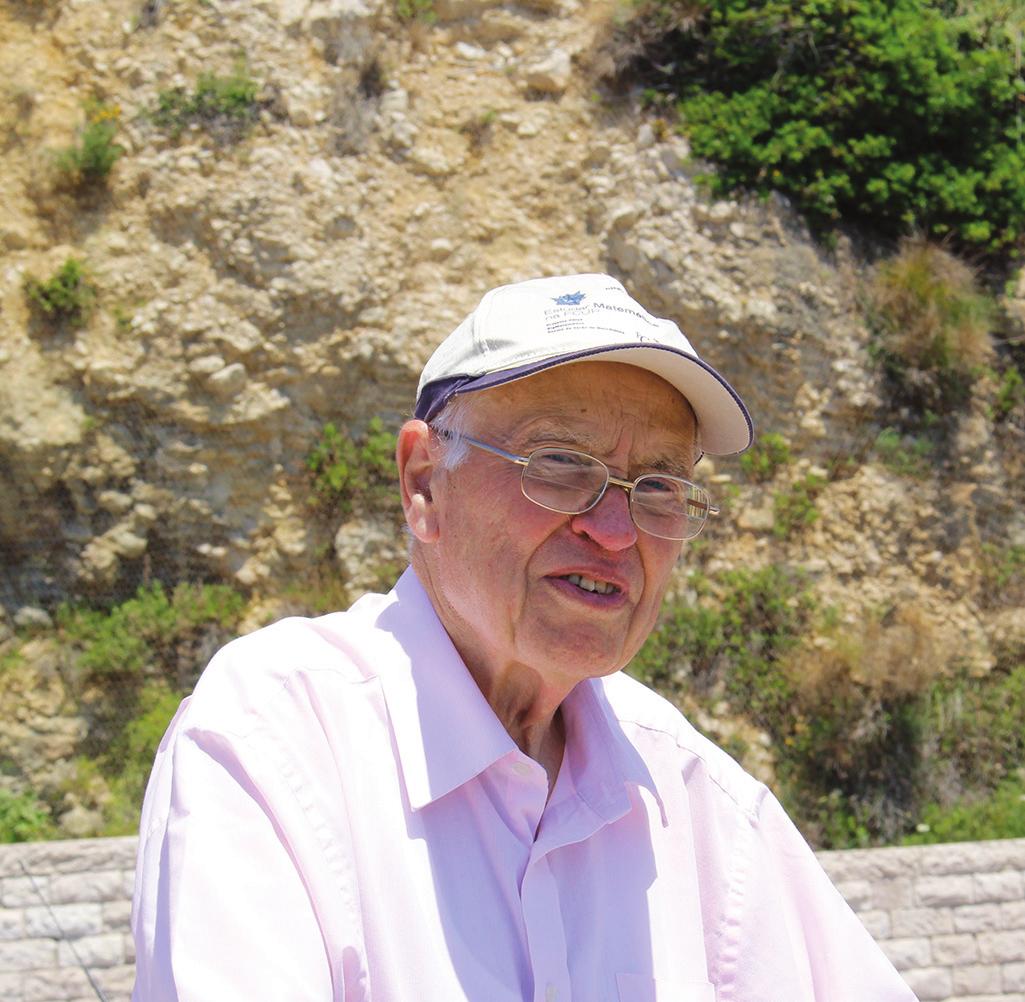by Alain Connes and Joseph Kouneiher

Sir Michael Atiyah was considered one of the world’s foremost mathematicians. He is best known for his work in algebraic topology and the codevelopment of a branch of mathematics called topological \( K \)-theory, together with the Atiyah–Singer index theorem, for which he received the Fields Medal (1966). He also received the Abel Prize (2004) along with Isadore M. Singer for their discovery and proof of the index theorem, bringing together topology, geometry, and analysis, and for their outstanding role in building new bridges between mathematics and theoretical physics. Indeed, his work has helped theoretical physicists to advance their understanding of quantum field theory and general relativity. Michael’s approach to mathematics was based primarily on the idea of finding new horizons and opening up new perspectives. Even if the idea was not validated by the mathematical criterion of proof at the beginning, “the idea would become rigorous in due course, as happened in the past when Riemann used analytic continuation to justify Euler’s brilliant theorems.” For him an idea was justified by the new links between different problems that it illuminated. Our experience with him is that, in the manner of an explorer, he adapted to the landscape he encountered on the way until he conceived a global vision of the setting of the problem. Atiyah describes here1 his way of doing mathematics:2
Some people may sit back and say, I want to solve this problem and they sit down and say, “How do I solve this problem?” I don’t. I just move around in the mathematical waters, thinking about things, being curious, interested, talking to people, stirring up ideas; things emerge and I follow them up. Or I see something which connects up with something else I know about, and I try to put them together and things develop. I have practically never started off with any idea of what I’m going to be doing or where it’s going to go. I’m interested in mathematics; I talk, I learn, I discuss and then interesting questions simply emerge. I have never started off with a particular goal, except the goal of understanding mathematics.
We could describe Atiyah’s journey in mathematics by saying he spent the first half of his career connecting mathematics to mathematics and the second half connecting mathematics to physics.
To read the full article, click on the link to the PDF at the top right corner of this page.